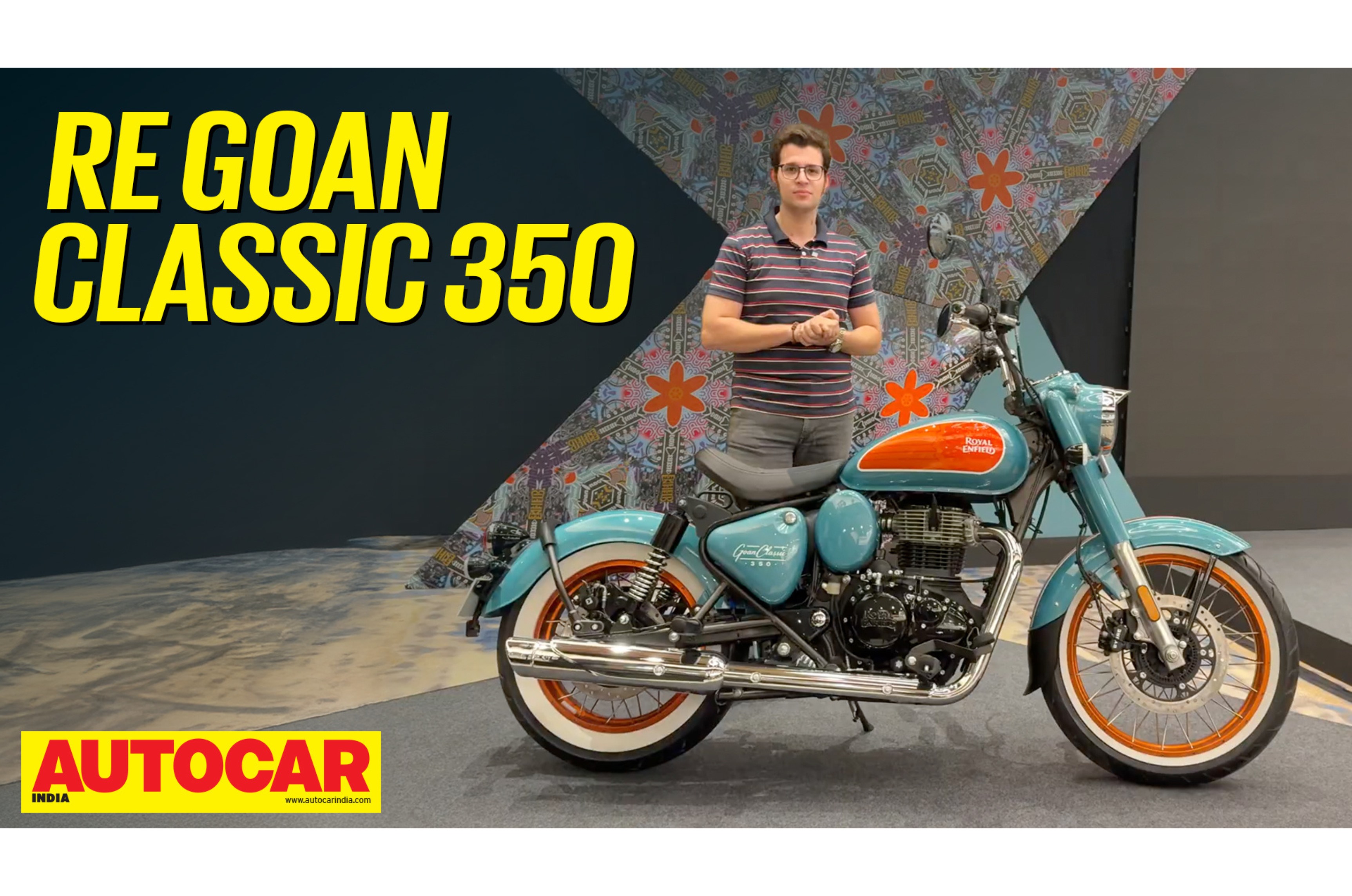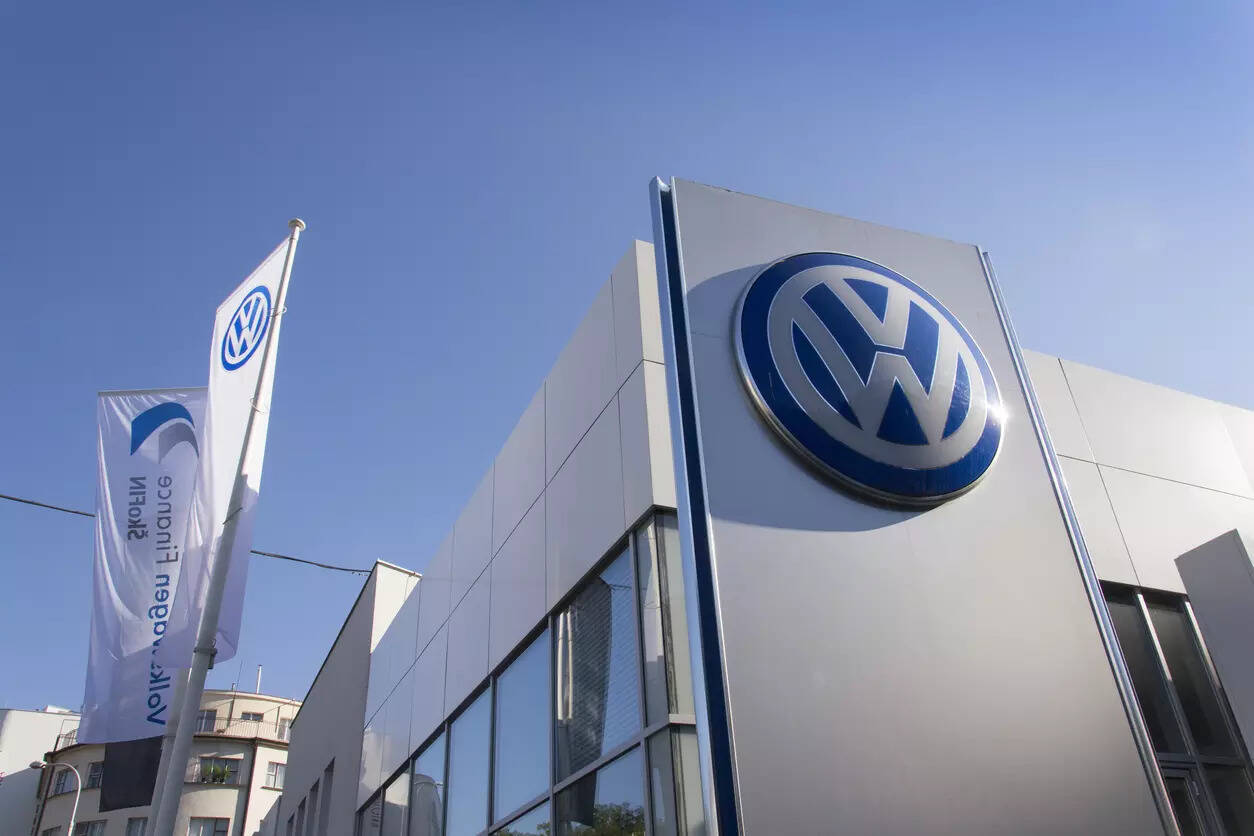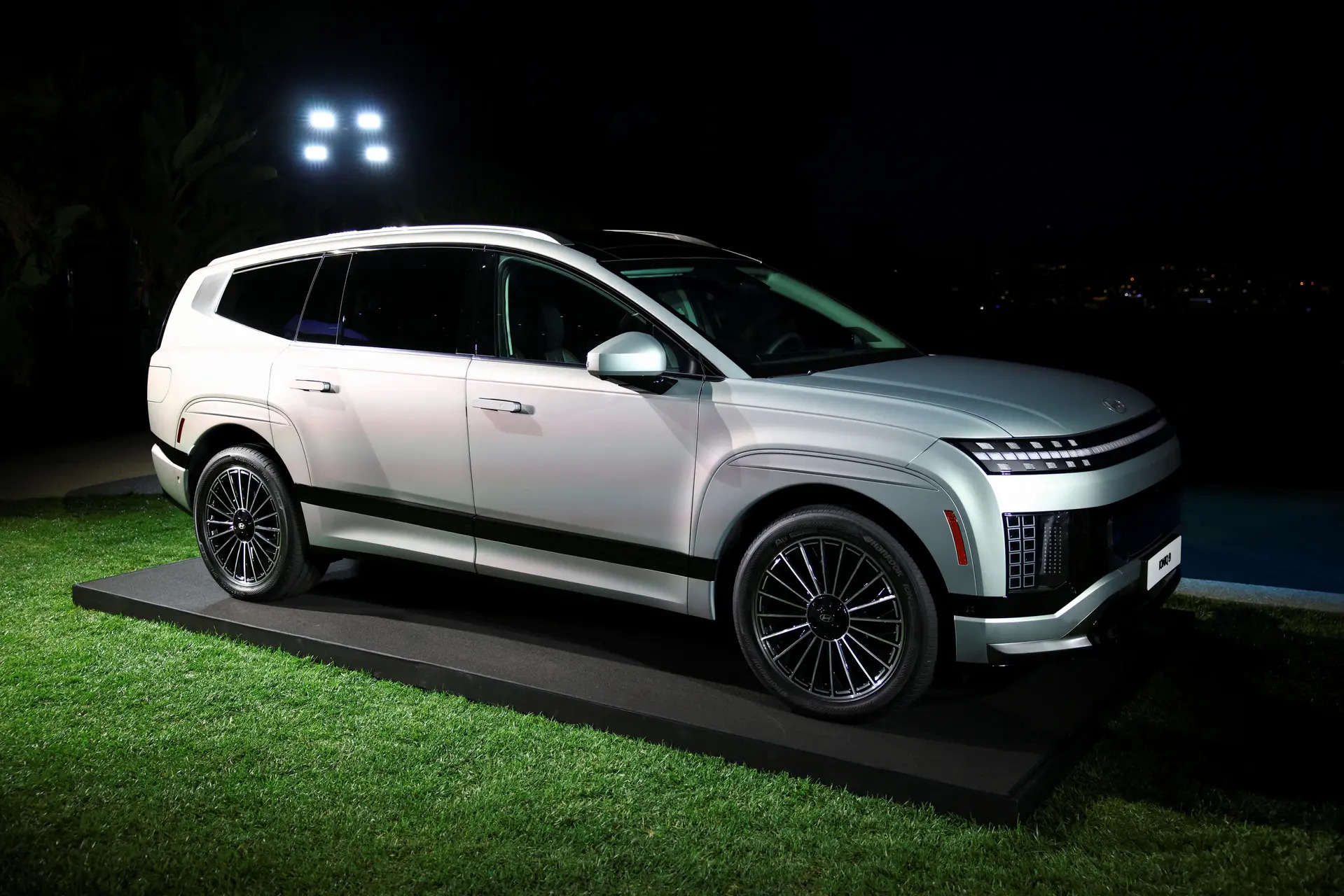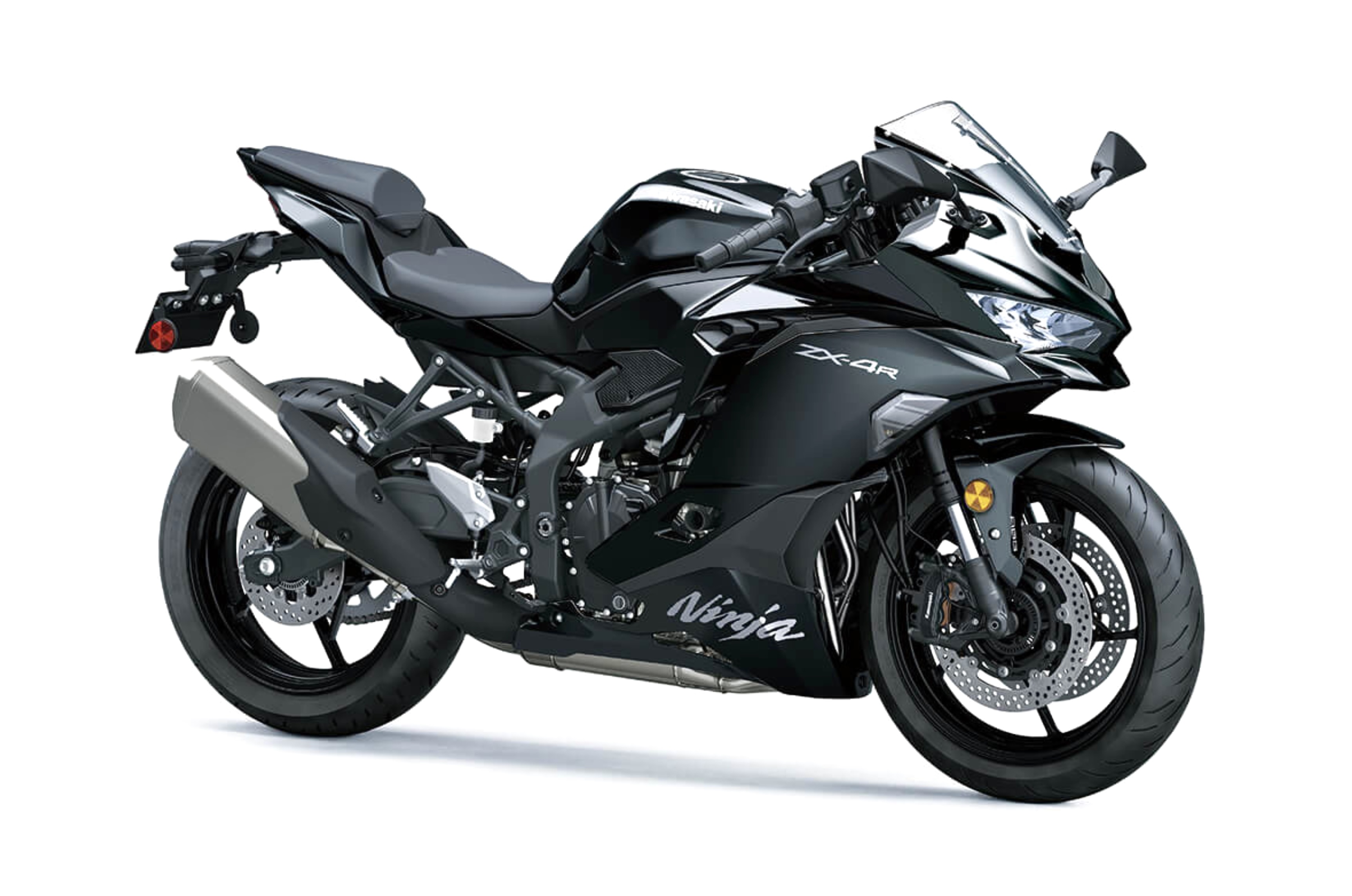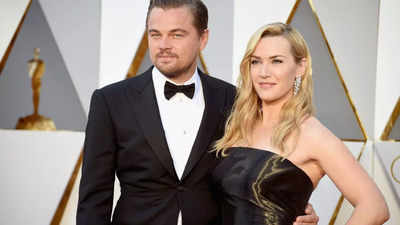Luxury car brand Jaguar‘s new logo and ad campaign have ignited a debate among consumers and industry experts alike. The rebranding introduces multicultural models dressed in vibrant, techno-inspired outfits, while the iconic Jaguar face is conspicuously missing from the logo.
This move has sparked criticism on the internet, with Elon Musk even mockingly questioning the brand’s focus by asking, “Do you even sell cars?”
Do you sell cars?
— Elon Musk (@elonmusk) November 19, 2024
Jaguar’s latest ad has sparked debate, with many viewing it as leaning more towards fashion than automotive. Social media users are puzzled, with one commenting, “Umm, where are the cars in this ad?”
Another user enquired, “What are you trying to sell me? Is this the car company Jaguar?” The brand’s cryptic response has only fuelled curiosity, promising that something big is on the horizon.
According to Jaguar’s press release, the transformation is driven by “Exuberant Modernism,” a creative philosophy aimed at commanding attention through bold designs and fearless creativity.
However, while the intention is to establish a distinct identity, critics argue that the approach may alienate loyal customers who cherish the brand’s heritage. The new logo, stripped of its emblematic Jaguar face, symbolises this shift, but it remains to be seen whether it succeeds in aligning with modern tastes or risks diluting the brand’s legacy.
/afaqs/media/media_files/2024/11/20/SQtkTmnbneki9cCrkTAf.jpg)
The move reflects a broader trend among brands to adopt minimalist aesthetics to resonate with contemporary audiences. From logos to websites, the emphasis is on clean, uncluttered designs that have become a hallmark of modern branding.
However, this trend even mean that brands may lose their ability to stand out and connect with people, as they risk becoming lost in a sea of simplicity.
/afaqs/media/media_files/2024/11/20/Scuj5RVZ1xOPiXdK2ei1.png)
Naresh Gupta, founder and managing partner, Bang In The Middle, believes that Jaguar is not focused on improving its legacy credentials. He adds that the ad is aimed at new buyers who might be more captivated by electric vehicles than by traditional brands that were founded on principles of performance, excellence, and luxury.
“This techno music-inspired ad is not from an auto brand, maybe it’s from a tech brand, and in this case, it’s a poor attempt from Jaguar,” he says.
/afaqs/media/media_files/2024/11/20/vsDlDQBgv5eQACjKGKlU.png)
Harnish Shahfounder and CEO, 3 Minds Digital, acknowledges Jaguar’s desire to connect with a wider, contemporary audience. However, he believes that showcasing techno-inspired outfits with multicultural models aligns more closely with a fashion brand than with a luxury car company.
He adds that it doesn’t seem to connect with the brand’s history or its strong identity. “Cars, especially luxury ones like Jaguars, are about performance, engineering, and elegance, not just fashion. So, while I understand the intent to be modern and inclusive, it might feel disconnected from what Jaguar has stood for,” he comments.
Ashish Mishra, CEO, Interbrand India, and South Asia, says that there is a need to study another fallout of the widespread premiumisation as a global mega trend. What that has done is to create many subcategories within the rather linear realm of premium.
He believes that a premium lifestyle is different from low-scale luxury which is nuanced differently from mid-scale, and then there’s upscale.
“Could Jaguar want to play in a broader, younger segment of responsible new-age luxe buyers? Iconicity needn’t be a design preserve alone. Could there be an iconic attitude that is more social and in line with the attitudinal boldness and originality of the new luxe prospects? Is that what Jaguar is attempting through its strong verbal tone and visual fluorescence?” he adds.
Balancing minimalism and brand identity
Striking the right balance between becoming a minimalist and maintaining identity can be quite challenging, especially for legacy brands. Shekhar Badve, founder and director, Lokus Design, a design consulting company, notes that iconic brands such as Jaguar have deeply ingrained images in the minds of their customers. In this case, he feels it may have oversimplified its identity, losing the essence of being a distinguished car manufacturer.
“It could take significant time for a new customer base to embrace and build equity with the brand. Ideally, they should have maintained certain elements of their legacy—such as strength, refinement, and luxury—while moving towards minimalism. The current logo, for instance, seems to have lost that balance,” he states.
Shah has seen the effectiveness of minimalism for certain brands. But he strongly feels there’s a fine line between simplifying and stripping away too much. “When you simplify too much, you risk losing what made the brand iconic in the first place. I think a brand’s identity should evolve, for sure, but not at the cost of its core values,” he says.
The mixed reactions from netizens bring to the question of how much audience perception and online backlash influence the design decisions of a luxury brand. Badve points to Apple as an example of a company that defies consumer research to create groundbreaking products that consumers didn’t even know they wanted.
“In Jaguar’s case, its extreme minimalism appears to have come at the cost of their identity as a strong, sharp automobile manufacturer. It feels as though they prioritised meeting perceived consumer expectations rather than redefining them,” he adds.
Mishra hints that Jaguar wants to signal a marked and deliberate departure from what it stood for in the past. It is bringing down the curtains on the old cars’ sale and giving people an idea of how it wants a clean break from the past.
“The new lineup of future mobility devices may not be the highest-performance machines at all and it would be a let-down for the buyers if they continued to sell them as the old Jaguar,” he adds.
A lesson for other legacy brands
Experts believe that the key takeaway is always understanding a brand’s position and legacy. A new brand has the flexibility to go bold and experimental without much risk. However, legacy brands like Jaguar need to tread carefully.
Badve says that Jaguar seems to have succumbed to consumer trends rather than crafting its own narrative. He adds that legacy brands should “focus on evolution rather than abrupt changes, ensuring that any new identity feels authentic and rooted in their heritage.”
Gupta points out that brands such as Rolex and Omega have done it with great success, as have Mercedes and BMW, despite competition from electric cars and Chinese upstarts. Luxury brands have long buying cycles, and customers often admire them for years before making a purchase. “The mystique of the brand plays a huge role, and by killing that mystique, Jaguar risks breaking away from its heritage. That’s a tough call for any luxury brand,” he notes.
Shah emphasises the importance of staying grounded in a brand’s unique appeal. “Other brands can learn from Jaguar’s rebrand, but perhaps not in the way they’d hope. The main lesson is to stay rooted in what makes your brand special and not lose sight of why people fell in love with it in the first place,” he says.
(With additional inputs from Benita Chacko and Yash Bhatia)










